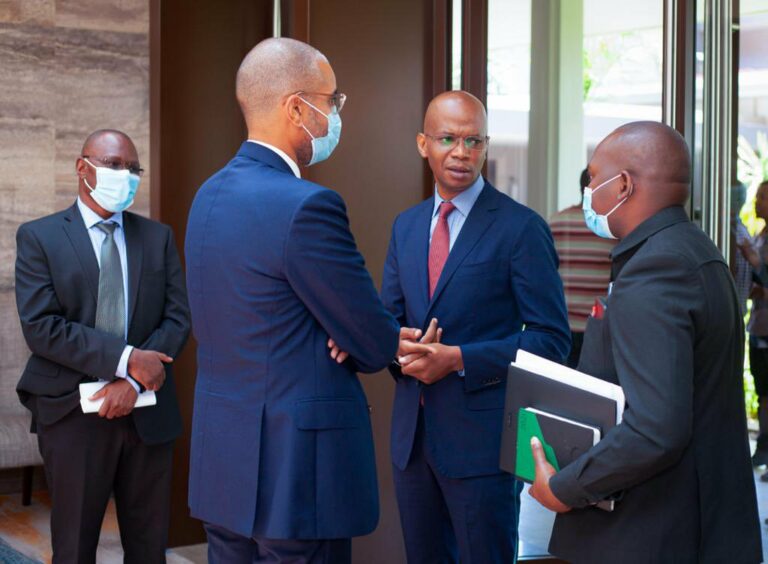
Tanzania has begun negotiations with companies on a proposed $30 billion LNG scheme.
Tanzanian Minister of Energy January Makamba said the project would transform the country’s economy. The ministry has been working behind the scenes for two months, he continued.
“We’re confident that a final investment decision [FID] will come sooner than is traditionally the case,” Makamba said. The government has said it hopes the companies may start building the LNG facility in 2022. The licences on Blocks 1 and 2 are due to expire in 2023.
The government is in talks with Shell, Equinor, Singapore’s Pavilion Energy and ExxonMobil. The focus is on the host government agreement (HGA).
This aims to set out fiscal, legal and commercial terms for the onshore part of the LNG project.
The minister said there would be updates in the coming weeks as the two sides work on the major plan.
Makamba held talks with Equinor vice president for E&P in Africa Paul McCafferty in October. The minister reported both sides were optimistic about the Tanzania LNG project’s “investability”.
Low-carbon plans
In April this year, the country heads of Shell and Equinor wrote an op-ed in The Citizen newspaper calling for the government to support the LNG project.
“Tanzania LNG can win in the highly competitive global LNG space,” they said. Shell and Equinor have agreed to work together on an LNG plant at Lindi.
However, at the start of the year Equinor wrote down the value of its Tanzania LNG plan by $982 million. The Norwegian company said the breakeven price for the project is “well above” its portfolio average.
Equinor plans to shift its capital expenditure from oil and gas towards renewables and low carbon options. It has set the goal of focusing 50% of its capex on this area by 2030, from 4% in 2020.
The gas offshore Tanzania has low levels of associated CO2, making it a potentially attractive project for meeting future LNG needs.
Recommended for you

